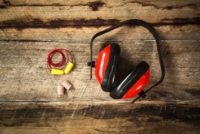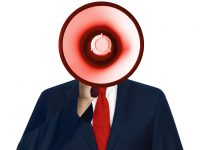Faces of EHS: Cassie Ford on Hearing Loss Prevention
Cassie Ford received her B.S in Speech Language Pathology at Texas Christian University and her M.A. in Audiology at the University of Iowa. She started her career in public health and then spent several years doing clinical audiology and fitting hearing aids. In 2000, she accepted a position with the company that is now known […]





